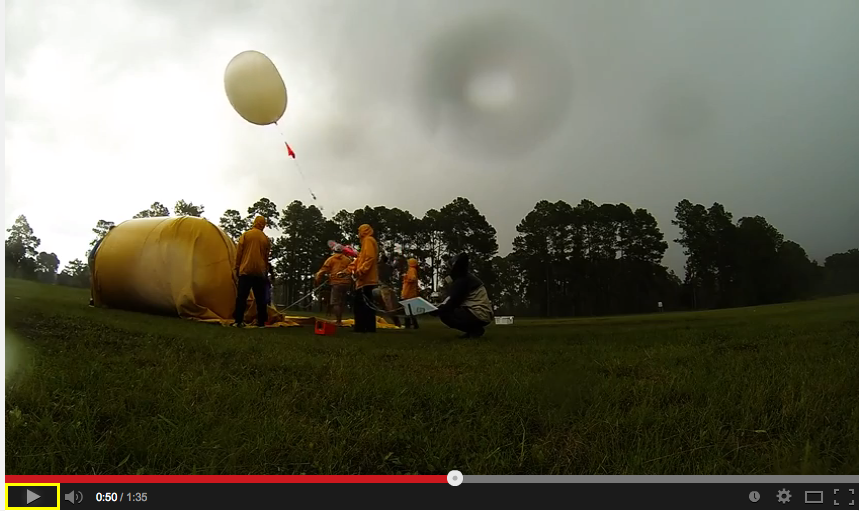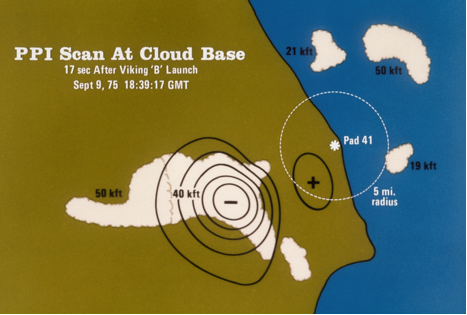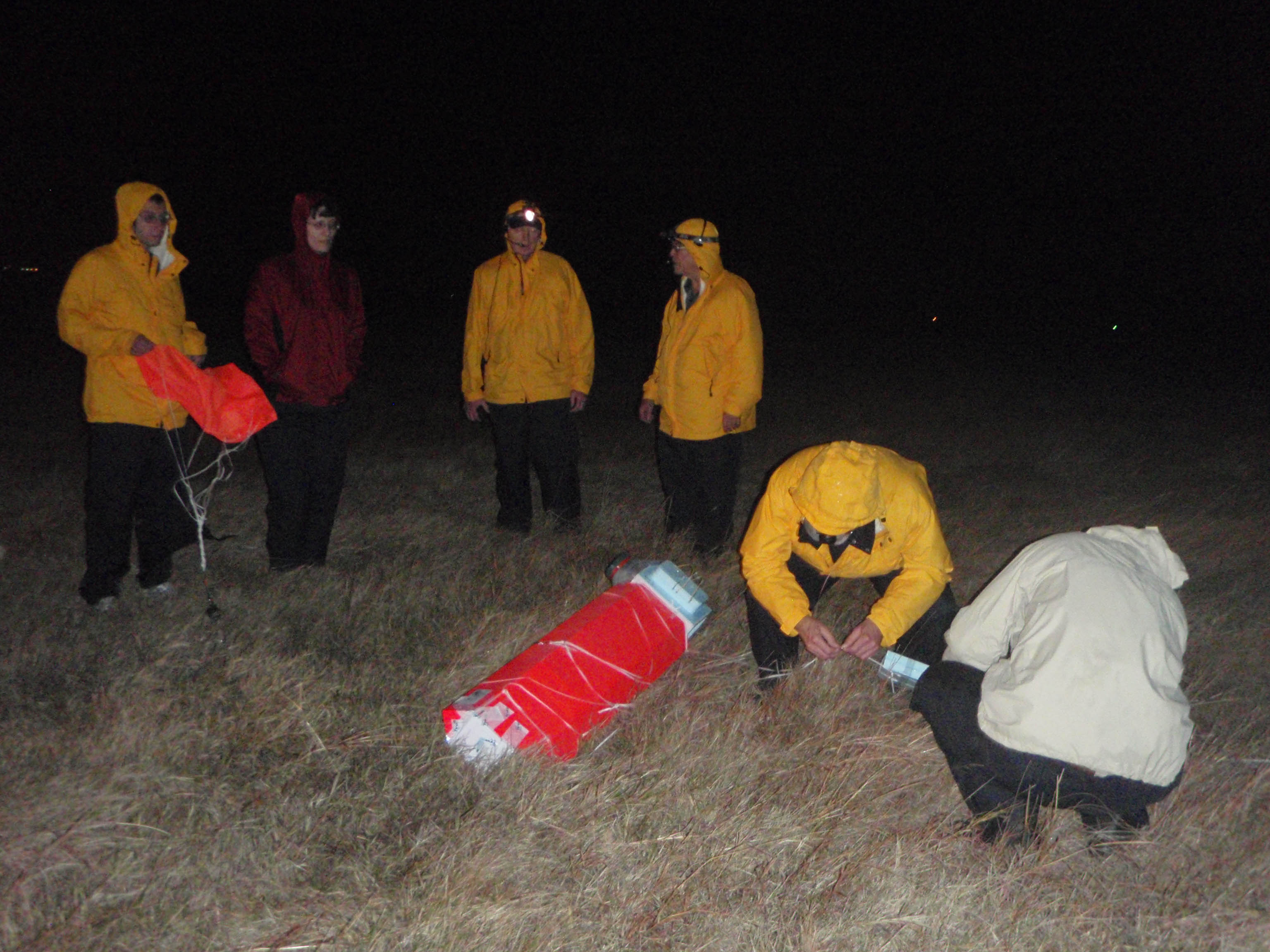
NSSL scientists will launch instrumented balloons into north Florida thunderstorms as part of an ongoing University of Florida triggered lightning experiment for two weeks beginning July 28. The team hopes to characterize the microphysics and electrical structure of storms in which lightning is triggered and learn more about how lightning works.
NSSL will launch two balloons at a time. One balloon will carry a high-definition video particle imager and a Parsivel disdrometer to measure the number, size, and shape of liquid and frozen water particles, and the other will carry an electric field meter. Both will be tracked by GPS radiosondes which will also measure temperature, pressure, dewpoint and winds.
The University of Oklahoma’s Shared Mobile Atmospheric Research and Teaching Radars (SMART-R) will be making polarimetric observations of the storms. NSSL’s data will be used to help interpret the SMART-R’s polarimetric observations.
Researchers at the University of Florida in Gainesville have had an extensive long-standing program to launch wire-trailing rockets into storm clouds to trigger and study lightning initiation, lightning strikes, and radiation from lightning. This new effort will improve our understanding of lightning produced by thunderstorms, and provide an opportunity to study storms with more tropical characteristics than those observed in the southern Plains.
NSSL’s participation is part of a cooperative agreement with the Defense Advanced Research Projects Agency (DARPA) that sponsors the University of Florida triggered lightning experiment near Gainesville, Fla.




